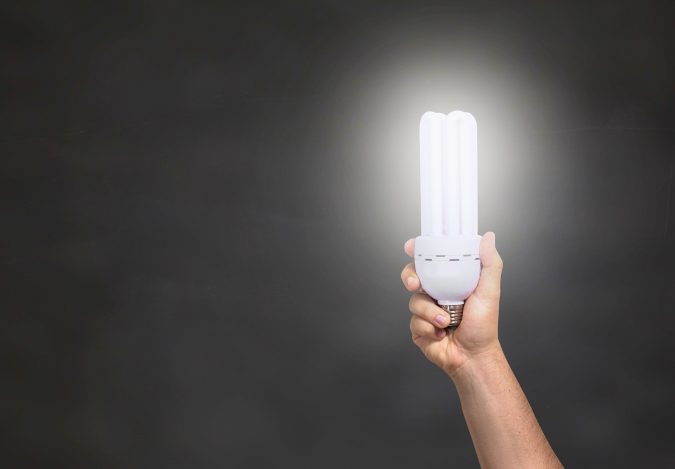State-of-the-art components for creating LED lighting
Modern LED lighting is economical, safe and effective. LED lighting is actively used indoors and outdoors in various forms – from functional to decorative lighting. Online store “Svetomania” offers all kinds of lighting equipment from the world’s leading brands.
Advantages of LED lighting
LED lighting is an effective solution for optimizing light system performance. LED technology is:
- Reducing energy costs by 70%;
- High quality of luminous flux – these luminaires immediately work at full power, without the effects of flickering, backlighting and “blind spots”;
- Ability to choose the characteristics of the light flux suitable for the functionality of the room – the best indicators of color temperature, color rendering, brightness for office, residential and other types of objects;
- Ability to implement various design solutions – straight and curved light lines, color and RGB illumination, etc.;
- Safety – LED luminaires do not contain mercury and other hazardous substances, so they do not require disposal;
- Can be installed in furniture and any kind of ceilings, including stretch ceilings – due to low heat generation;
- Long service life – quality LED elements ensure uninterrupted light duration of the luminaires up to 30-50 thousand hours.
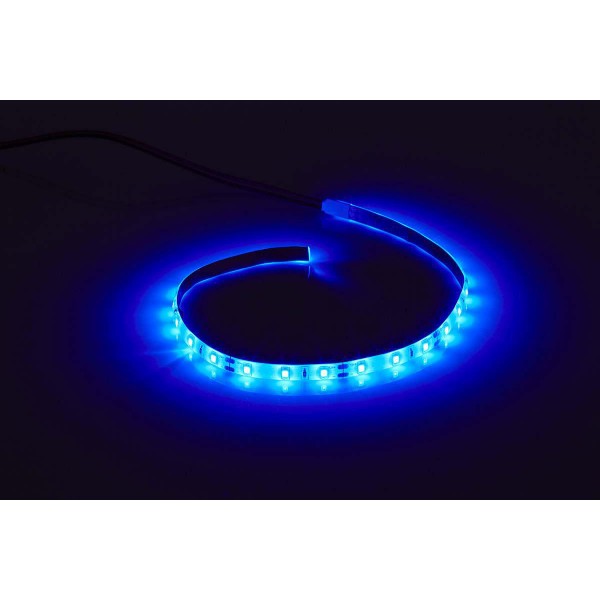
Ecology of light
Today we want to make a little more detailed analysis of the ecology of light, its biophysics.
Let’s start from the generally accepted – the closer the light is in terms of its characteristics to moderate sunlight (not in the mountains) – the better for man. Fact.
NATURAL LIGHT
- Moderate sunlight is beneficial
- affects the human body, the environment,
- to the mood that is familiar to everyone
How did you choose lighting before?
In the old days, when choosing lighting, the first question was how much electricity it consumes and how much it shines.
These two criteria were combined in a single word “Watt“.
WAS PROFESSION

- The lamp at 60 watts shines average,
- and by 100 – stronger, but also “eats” more.
Bulb development. Light and color.
Lamps changed and our knowledge about them changed.
Lumens (the very power of the luminous flux, by how much the lamp shines) and Kelvin – color temperature (this is the shade that distinguishes warm light from cold) have added to the packages of Watts.
The maximum concentration of attention is achieved in “white” light.
RELAXING LIGHT
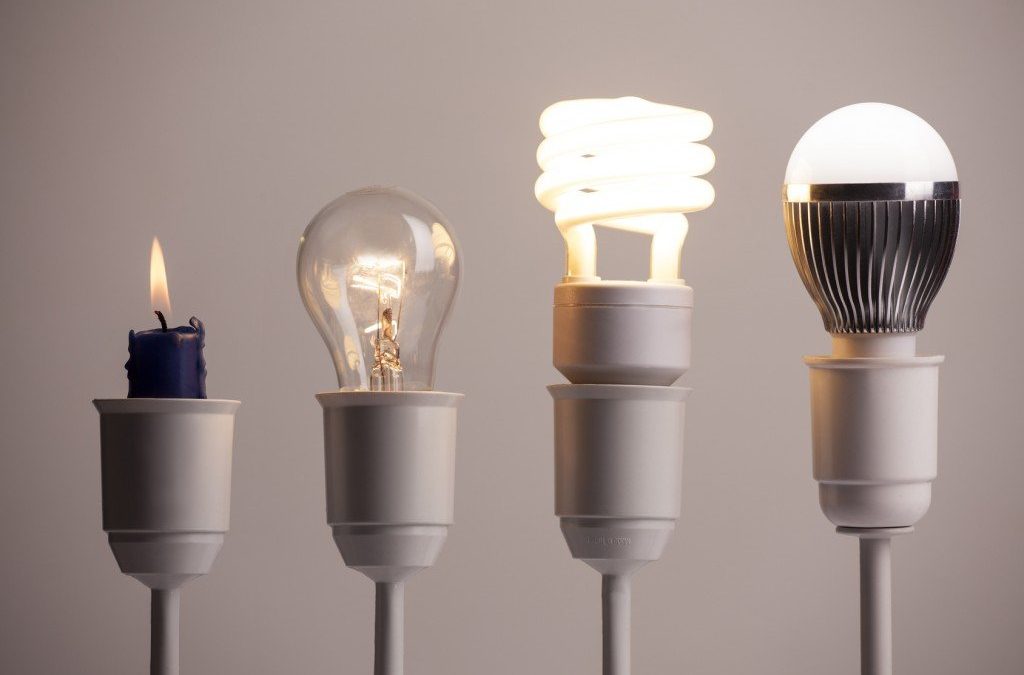
Relaxation and tranquillity bring the sun rays of the rising and falling sun.
Therefore, in places of rest, in bedrooms, it is advisable to place the lighting of “warm” color.
Flicker of light
The next step in the development of us, lamp customers, was to understand the Flicker of Light.
Not many people have reached this point, but those who have, found out that this frequency also should not differ much from the sun. At first, Flicker was detected through a camera on the phone, but with the development of screens and cameras on cell phones, it became ineffective.
Today, special devices are used to detect “bad” lamps – heart rate meters.
PULSATING LIGHT
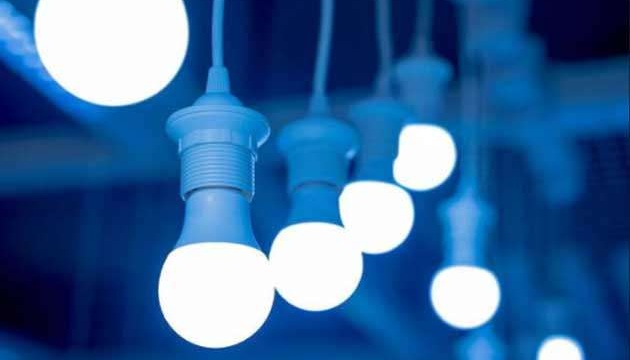
- The light output from the lamps fluctuates periodically,
- which causes increased pulsation (flickering),
- as compared to natural light.
Light parameters in practice
Of the well-known we have:
- Power (Watts) – the less you consume, the less you pay.
- Light flux (Lumens) – in the range of 300-500 lumens per square meter of working surface.
- Color temperature (Kelvin) – 3000K in the bedroom and living room, 5000K in the study, office, classroom.
- Flicker – oscillation (value deviation) of the light flux not exceeding 10% of the specified value.
LIGHT SO DIFFERENT
- Brighter/ dimmer
- More expensive / cheaper
- Colder / warmer
- Stable and shimmering
Now about the “secret” knowledge
Spectrum (peaks and failures)
The results of a medical examination of South Korean army soldiers revealed a systematic deterioration of vision.

Civilian scientists also joined the military, finding a special surge of blindness with the beginning of the widespread use of energy-efficient lighting, in particular diodes. Visual impairment in the country as a whole had occurred before, but in the transition to the latest generation of lamps the issue began to be of national importance.
The study of the issue was supported in Japan and Germany, today a number of industries are developing in this area, but the time to inform the general public somehow has not yet come.
The essence of the question is another characteristic of artificial lighting sources – the spectrum of waves. More precisely, the peaks and failures of these waves in relation to the spectrum of waves of sunlight.
Risks in LED illumination
Now let’s take a look at what happens to the human body during
exposure to the “blue” LED:
- Myopia (nearsightedness)
- Hormonal imbalance (melatonin and cortisol)
- Diabetes of the second type (as a consequence of p.2)
- Damage to the retina in children (since up to 8-10 years of age the child’s eye, or more precisely the crystalline lens, has increased transparency and passes all the blue radiation through it).
What is light?

A little bit about physics in everyone’s life from the head of our laboratory.
Before we begin our discussions and explanations about the above topic, let us remember that light (when propagating) is an electromagnetic wave (EM wave) which, like any wave, has parameters that characterize it.
- wavelength;
- the amplitude of the wave.
Wavelength – responsible for the “color” of the light flux. More precisely, it is not quite so.
Health protection from LEDs
The easiest measures:
- TAKE BREAKS
- when working with gadgets and luminous screens
- WEAR SPECIAL GLASSES
- reflective lenses
- LET’S REST OUR EYES
- Do not strain your eyes too much with gadgets outside of work hours
- DO NOT USE THE SAME TYPE OF LIGHTING
- Mixed lighting reduces the negative impact of artificial light
- MORE NATURAL LIGHT
- Preferably use natural daylight
Recommendations
If we talk about the system approach, we must work with a light source.
We have found several manufacturers who offer solutions to the market, taking into account spectral peaks and failures, and in the near future will begin to complete our facilities with lighting of the latest generation.
Unfortunately, at the moment we do not have our own experience in diagnostics and operation of such level of lighting devices, that is why we remain without recommendations.
To sum up all the above: we will pay attention to the environment in which we, our children and close people live. It makes no sense to make a fuss and switch to the rays, because the light flow is weak, and hence the tension and fatigue, though closest to the sun.
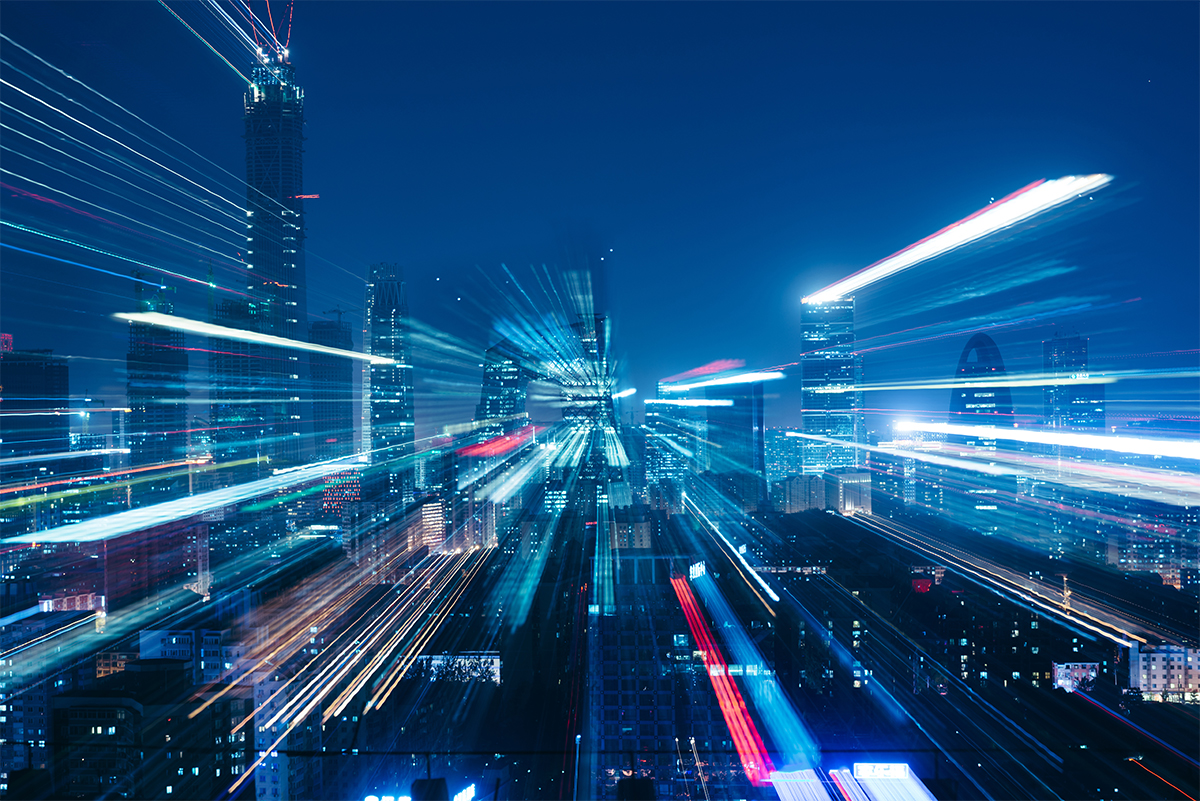
You can move in small steps, but to a place where the light is good).
There are no trifles.
